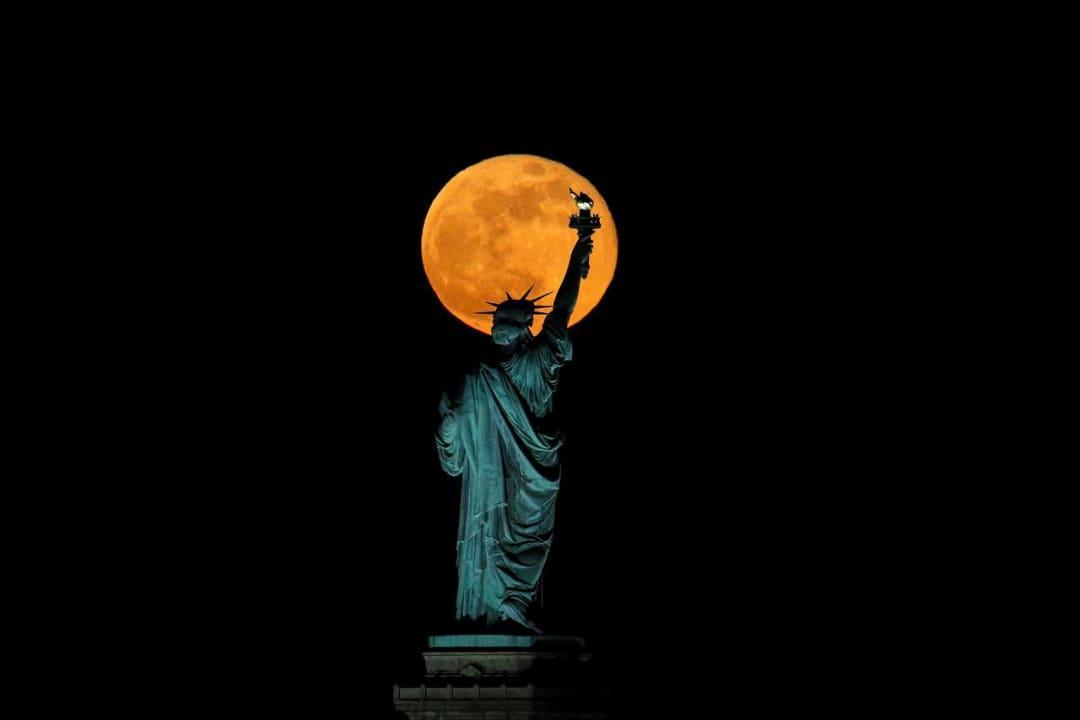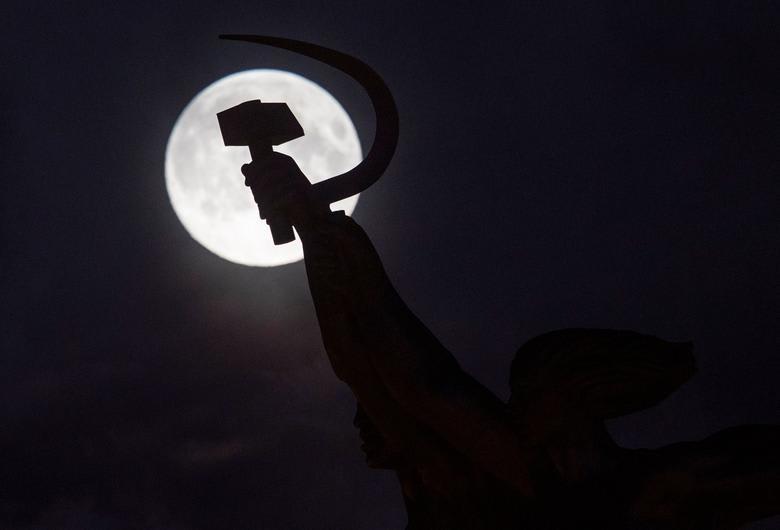- India,
- 08-May-2020 11:39 AM IST
Science: This month's supermoon- also known as the 'Super Flower Moon' - was seen on Thursday and it was the last supermoon of 2020.The Super Flower Moon was seen from 6:45 a.m. EDT (4:15 p.m. IST) onwards and according to NASA, the full supermoon appeared from Thursday evening till Friday morning.During this time, the moon appeared bigger and brighter than usual as it will be near perigee -- the closest approach of the moon to the Earth.
This full moon corresponded to Vesak, also known as Buddha Purnima, a holiday observed by Buddhists across Asia. Sometimes informally called "Buddha''s Birthday", it commemorates the birth, enlightenment, and death of Gautama Buddha.The actual date of Vesak varies depending upon the calendar in use in the particular country or region, but this year for most areas it falls on or near the day of this full moon, the space agency said in a statement.
This is the last in a series of four supermoons. A supermoon was visible last month too and was called the 'Super Pink Moon'.The first supermoon of 2020 appeared in February, followed by one between March 9 and March 11. The term "supermoon" was coined by astrologer Richard Nolle in 1979 and it refers to either a new or a full moon that occurs within 90 percent of perigee, its closest approach to Earth in a given orbit.
Under this definition, in a typical year, there can be three or four full supermoons in a row and three or four new supermoons in a row. For 2020, the four full moons from February through May meet this 90 percent threshold, NASA said.Netizens were amused and thrilled to watch the last supermoon of 2020. Just in case you missed it, here are some photographs of the extraordinary celestial phenomena.

This full moon corresponded to Vesak, also known as Buddha Purnima, a holiday observed by Buddhists across Asia. Sometimes informally called "Buddha''s Birthday", it commemorates the birth, enlightenment, and death of Gautama Buddha.The actual date of Vesak varies depending upon the calendar in use in the particular country or region, but this year for most areas it falls on or near the day of this full moon, the space agency said in a statement.

This is the last in a series of four supermoons. A supermoon was visible last month too and was called the 'Super Pink Moon'.The first supermoon of 2020 appeared in February, followed by one between March 9 and March 11. The term "supermoon" was coined by astrologer Richard Nolle in 1979 and it refers to either a new or a full moon that occurs within 90 percent of perigee, its closest approach to Earth in a given orbit.

Under this definition, in a typical year, there can be three or four full supermoons in a row and three or four new supermoons in a row. For 2020, the four full moons from February through May meet this 90 percent threshold, NASA said.Netizens were amused and thrilled to watch the last supermoon of 2020. Just in case you missed it, here are some photographs of the extraordinary celestial phenomena.

